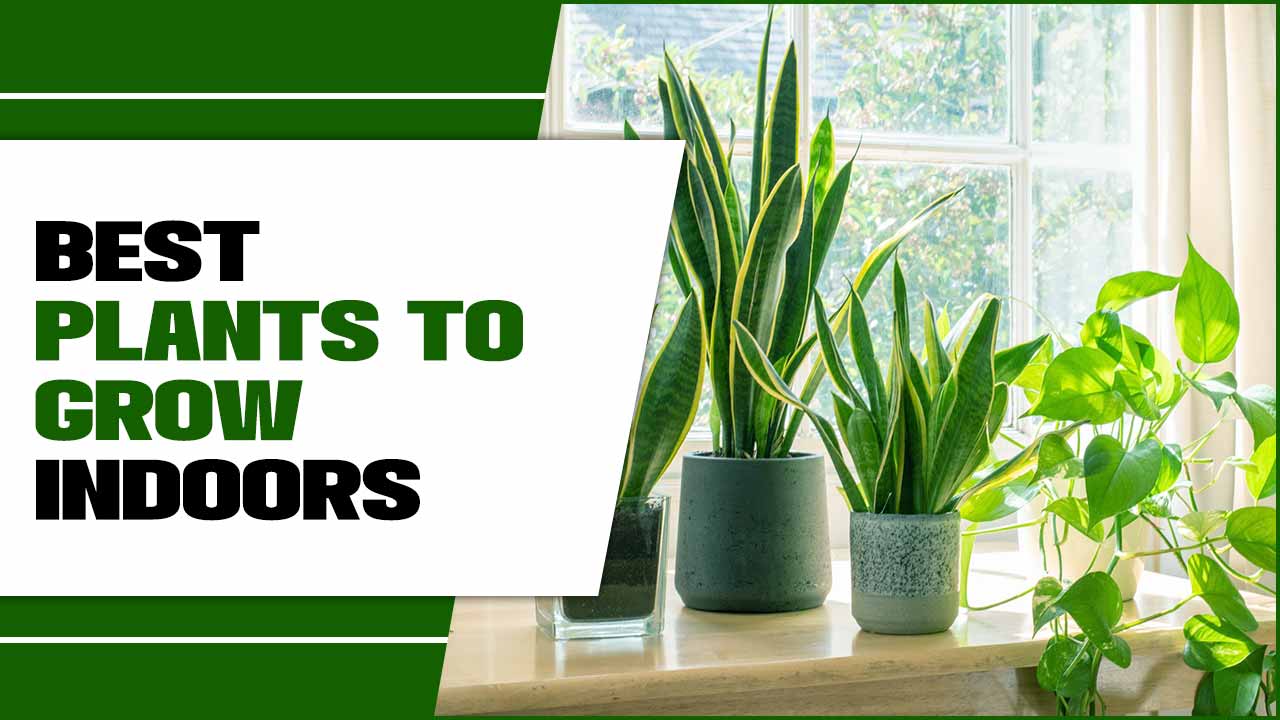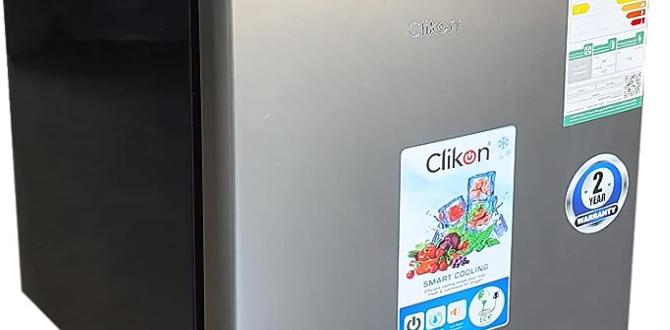Have you ever watched a butterfly land on a flower? It’s magical! Water gardens can feel just as enchanting. They are not only beautiful but also relaxing.
Imagine a small pond in your backyard filled with colorful plants. These plants for water gardens do more than look good. They provide homes for frogs and fish, and they even clean the water.
Did you know some plants can bloom all year round? Aquatic plants add life and color to any yard. They come in many shapes and sizes, making it easy to create your dream garden.
Ready to explore which plants to choose? Let’s dive into the world of water gardening together!
Essential Plants For Water Gardens: Enhance Your Landscape
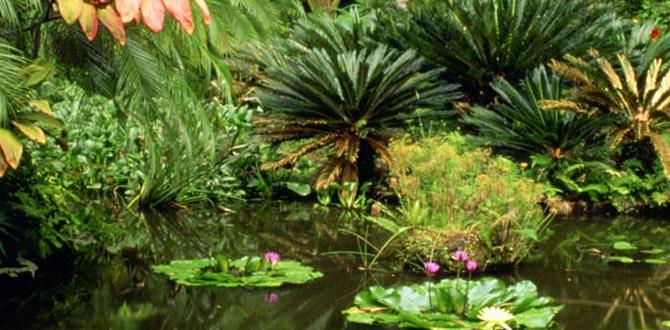
Plants for Water Gardens
Creating a water garden can be magical! Choosing the right plants is key to making it thrive. Water lilies, for instance, can add beauty and shade. Have you considered lotuses? They offer stunning blooms and attract butterflies. Don’t forget oxygenators like anacharis; they keep the water healthy. Mixing these plants not only beautifies but also creates a balanced ecosystem. Did you know a well-planned water garden can attract frogs? It’s like inviting nature into your backyard!Understanding Water Gardens
Definition and purpose of water gardens. Benefits of incorporating water features in landscaping.
Water gardens are magical places where plants and water join hands to create beauty. They serve many purposes, like offering a peaceful spot to relax or becoming a habitat for fish and frogs. Adding water features to your yard can make it feel like a mini paradise. Plus, did you know they can help cool the air and reduce noise? Talk about multitasking! A water garden can turn an ordinary yard into a splashy wonderland.
| Benefits of Water Gardens | Description |
|---|---|
| Relaxation | Water sounds soothe the mind. |
| Wildlife Habitat | Home for fish and frogs! |
| Aesthetic Appeal | Brings beauty to any landscape. |
| Microclimate | Cools the air around. |
Best Aquatic Plants for Water Gardens
Examples of popular aquatic plants. Growth requirements and maintenance tips.Aquatic plants add beauty to water gardens. Here are some popular choices that thrive in water:
- Water Lilies: Bright and colorful. They like sunny spots and need at least 6 hours of sunlight daily.
- Sagittaria: Also known as arrowhead. This plant grows well in shallow water with some shade.
- Water Hyacinth: Floats on the surface and purifies water. It prefers warm temperatures and needs regular cleaning.
Caring for these plants is easy. Ensure proper sunlight, clean water, and occasional fertilization. Happy plants help keep your garden vibrant!
What are easy aquatic plants to grow?
Simple plants include water lilies and duckweed. They require less care, making them ideal for beginners.
Choosing Marginal Plants for Edges
Common marginal plants suitable for water gardens. How these plants enhance aesthetics and functionality.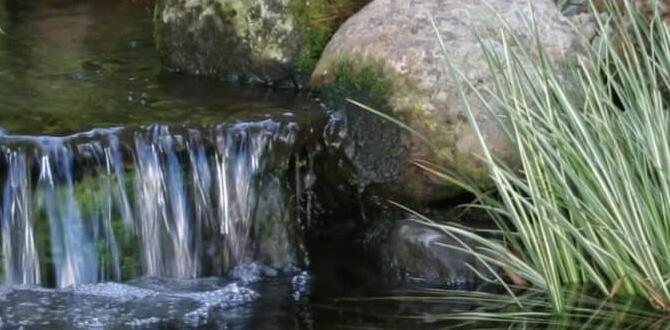
Marginal plants are perfect for the edges of water gardens. They add beauty and help the environment. Some common choices include:
- Cattails: Tall plants that sway in the breeze.
- Blue Flag Iris: Bright flowers that attract butterflies.
- Pickerel Reed: Great for fish shelter.
- Marsh Marigold: Yellow blooms that brighten the water’s edge.
These plants improve the look of your garden and provide homes for wildlife. They are both beautiful and useful!
What are the benefits of using marginal plants?
Marginal plants help clean water and offer shade. They also attract pollinators like bees and butterflies. This makes gardens healthy and lively.
Floating Plants: Advantages and Disadvantages
Top floating plant options for water gardens. Benefits for water ecosystems and potential challenges.
Floating plants are a great addition to water gardens. They provide shade and oxygen, which help fish and other wildlife thrive. Some popular floating plants include Water Lilies, Duckweed, and Frogbit. These plants also filter water, making it cleaner. However, they can grow too much, blocking sunlight and causing issues. Balancing their growth is important for a healthy garden.
What are the benefits of floating plants?
Floating plants improve water quality, enhance beauty, and provide shelter for aquatic life.
Challenges of Floating Plants
- Can overtake the pond
- Block sunlight for other plants
- May require regular maintenance
Seasonal Considerations for Water Plants
Best planting times for different species. Tips for winterizing water plants.
Knowing when to plant is key for different water plants. Most like to be planted in spring after the frost, while some can thrive in early summer. Winter can be tough for them. Take these steps to help them survive:
- Cut back dead leaves.
- Move tender plants to warmer areas.
- Use mulch to protect roots from freezing.
By carefully planning seasonal care, you can help your water plants flourish.
What is the best time to plant water garden plants?
The best time is in spring. This is when the weather warms up, helping plants grow strong and healthy. Spring allows for robust growth and a beautiful water garden.
Maintenance Tips for a Thriving Water Garden
Regular care practices for healthy plants. Importance of water quality and nutrient management.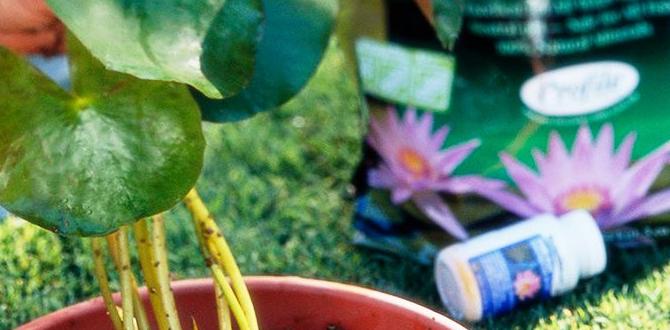
Keeping your water garden healthy is important for your plants. Regular care makes a big difference. Check your plants often. Remove any dead leaves and weeds. This helps them get sunlight and nutrients. You also need to watch the water quality. Clean water helps plants grow strong. Adding nutrients is vital too. Too little or too much can hurt them. Following these simple tips can keep your water garden thriving.
Why is water quality important for plants?
Water quality is key for healthy plants. Clean water helps them absorb nutrients better. It prevents algae growth. High-quality water supports a balanced ecosystem.
Tips for maintaining water quality:
- Change water regularly.
- Avoid overfeeding fish.
- Use water tests to check levels.
Incorporating Wildlife and Ecosystems
Benefits of attracting wildlife to water gardens. Suitable plants that support local fauna.
Creating a water garden is like throwing a party for nature! Attracting wildlife is a fantastic way to boost the garden’s charm. Frogs sing, birds chirp, and dragonflies dance. They all help control pests and keep plants happy. To attract these little friends, you’ll want to plant things like water lilies, lotus, and cattails. Here’s a list of suitable plants:
| Plant | Wildlife Benefited |
|---|---|
| Water Lilies | Frogs, Fish |
| Lotus | Bees, Butterflies |
| Cattails | Birds, Insects |
Adding these plants invites the local fauna to join in. Remember, more wildlife means more fun, and who doesn’t love a good garden giggle?
Conclusion
In summary, plants for water gardens add beauty and life to your space. Choose varieties like lilies and lotuses for stunning flowers. Remember to consider the sun and size of your pond. You can create a peaceful oasis at home. Try planting some water-loving plants today! For more tips, check out gardening books or websites. Happy gardening!FAQs
What Are The Best Aquatic Plants For Creating A Balanced Ecosystem In A Water Garden?To create a balanced ecosystem in your water garden, you can use a mix of different plants. Water lilies add beauty and shade. Floating plants like duckweed help keep the water clean. Marginal plants, like irises, grow at the edges and provide hiding spots for animals. Adding these plants helps fish and bugs live happily together!
How Do You Choose Between Floating, Submerged, And Marginal Plants For A Water Garden?When choosing plants for a water garden, think about where you want them. Floating plants sit on top of the water, which helps shade fish. Submerged plants grow under the water and clean it by using nutrients. Marginal plants grow at the edges and like shallow water, so they add color. Pick the plants that fit your garden’s look and needs!
What Are The Maintenance Requirements For Popular Water Garden Plants Like Water Lilies And Lotus?To care for water lilies and lotus, you need to keep their water clean and check for dirt. You should also remove any dead leaves. Make sure they get plenty of sunlight each day. If the water gets too low, add more water so they can grow well. In winter, protect them from freezing if you live in a cold area.
How Can You Determine The Right Amount Of Sunlight And Shade Needed For Various Water Garden Plants?To find the right sunlight and shade for your water garden plants, you can watch their growth. If a plant gets too little sunlight, it may grow slowly or look weak. If it gets too much sun, leaves might burn or turn yellow. You can also check the plant label for its sun needs. Finally, you can try different spots and see where they grow best!
What Are Some Native Aquatic Plants That Can Be Incorporated Into A Water Garden To Attract Wildlife?You can add some cool native plants to your water garden. Try water lilies; they have pretty flowers and big leaves. Cattails grow tall and can provide homes for birds. Rushes are great for frogs and insects. Finally, adding duckweed can attract fish and turtles. These plants make your garden lively and fun!
{“@context”:”https://schema.org”,”@type”: “FAQPage”,”mainEntity”:[{“@type”: “Question”,”name”: “What Are The Best Aquatic Plants For Creating A Balanced Ecosystem In A Water Garden? “,”acceptedAnswer”: {“@type”: “Answer”,”text”: “To create a balanced ecosystem in your water garden, you can use a mix of different plants. Water lilies add beauty and shade. Floating plants like duckweed help keep the water clean. Marginal plants, like irises, grow at the edges and provide hiding spots for animals. Adding these plants helps fish and bugs live happily together!”}},{“@type”: “Question”,”name”: “How Do You Choose Between Floating, Submerged, And Marginal Plants For A Water Garden? “,”acceptedAnswer”: {“@type”: “Answer”,”text”: “When choosing plants for a water garden, think about where you want them. Floating plants sit on top of the water, which helps shade fish. Submerged plants grow under the water and clean it by using nutrients. Marginal plants grow at the edges and like shallow water, so they add color. Pick the plants that fit your garden’s look and needs!”}},{“@type”: “Question”,”name”: “What Are The Maintenance Requirements For Popular Water Garden Plants Like Water Lilies And Lotus? “,”acceptedAnswer”: {“@type”: “Answer”,”text”: “To care for water lilies and lotus, you need to keep their water clean and check for dirt. You should also remove any dead leaves. Make sure they get plenty of sunlight each day. If the water gets too low, add more water so they can grow well. In winter, protect them from freezing if you live in a cold area.”}},{“@type”: “Question”,”name”: “How Can You Determine The Right Amount Of Sunlight And Shade Needed For Various Water Garden Plants? “,”acceptedAnswer”: {“@type”: “Answer”,”text”: “To find the right sunlight and shade for your water garden plants, you can watch their growth. If a plant gets too little sunlight, it may grow slowly or look weak. If it gets too much sun, leaves might burn or turn yellow. You can also check the plant label for its sun needs. Finally, you can try different spots and see where they grow best!”}},{“@type”: “Question”,”name”: “What Are Some Native Aquatic Plants That Can Be Incorporated Into A Water Garden To Attract Wildlife? “,”acceptedAnswer”: {“@type”: “Answer”,”text”: “You can add some cool native plants to your water garden. Try water lilies; they have pretty flowers and big leaves. Cattails grow tall and can provide homes for birds. Rushes are great for frogs and insects. Finally, adding duckweed can attract fish and turtles. These plants make your garden lively and fun!”}}]}
